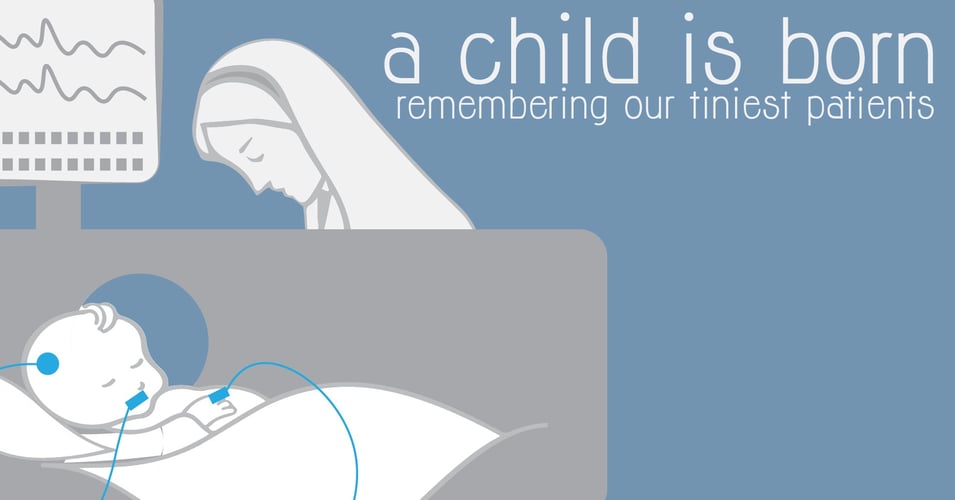Hospital Acquired Infections: Kickin' You When You're Already Down

Editor's Note: This post was originally published in November 2014 and has been updated for freshness, accuracy and comprehensiveness.

You've read about them and heard scary stories about them on TV - but what are HAIs? The acronym HAI can stand for either "hospital acquired infection" or "healthcare associated infection".
According to the Centers for Disease Control, the definition of an HAI is:
"a localized or systemic condition resulting from an adverse reaction to the presence of an infectious agent(s) or its toxin(s) that was not present on admission to the acute care facility."
Let's unpack this definition.
The condition, in this case, an infection, is limited to a specific location on the body or a specific body system.
The patient has a reaction to the condition that is harmful. This could be a fever, visible signs of infection such as redness, inflammation, or pus, as well as internal reactions which are diagnosed through urine or blood tests, among other diagnostics.
These are the various types of bacteria, viruses, molds, and fungi that exist around us every day. These include microbes that, when they come into contact with open wounds or body cavities, can lead to infection. Some of them are e.coli, staphyloccoccus aureus which causes "staph infections," and Enterobacter aerogenes. You may hear them referred to as pathogens, microorganisms, or germs.
Toxins, or poisons, are produced by some infectious agents. Some bacteria produce some extremely toxic byproducts which can cause many harmful and even lethal effects.
Here we have the part of the definition which sets apart infections which already affected the patient before arrival at the healthcare facility. For example, a patient may have a wound which became infected at home, leading the patient to seek treatment at a hospital. The CDC has criteria for establishing how long after arrival an infection can be categorized as an HAI.
Acute care is short-term care. This definition applies to infections acquired by patients at healthcare facilities that provide short-term care such as hospitals or surgery clinics. (Long-term care is called "chronic care" and would refer to locations where the patient lives for an extended period of time such as a rehabilitation center or nursing home. The CDC also considers infections associated with long-term care sites "HAIs" but for the purposes of this definition, the context is short-term healthcare facilities.
Now that we’ve examined each part of the definition, we understand that HAIs is an umbrella term for any harmful infection which was introduced to the patient on-site. It is the acute care facility's top priority to "first do no harm" and prevent infection. This is why hospitals track HAIs, enforce strict handwashing protocols, and keep patients isolated. Nonetheless, acute care facilities need more help killing these germs before they reach their vulnerable patients.
Editor's Note: This post was originally published in November 2014 and has been updated for freshness, accuracy and comprehensiveness.


